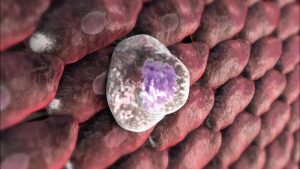LEARN how yoga poses can help you to treat THYROID disorders like like Hypothyroidism & abnormal THYROID levels! Can yoga be helpful for thyroid treatment? One of the most common thyroid diseases is Hypothyroidism, which results from the thyroid gland producing an insufficient amount of thyroid hormone known as thyroxine. Major symptoms of hypothyroidism are fatigue, tremor, nervousness, concentration problems, sweating, increase in bowel movement and rapid weight loss. Thyroid problems are more prevalent with the women especially after the pregnancy or menopause. Hatha Yoga offers several poses to stimulate the thyroid gland & treat hypothyroidism and get rid of thyroid problems in women and men effectively. Here is a list of 5 thyroid exercises you can follow to get rid of hypothyroidism/hyperthyroidism: # Sharvangasana / Shoulder Stand – https://www.youtube.com/watch?v=WKNoV4whglc # Halasana / Plough Pose – https://www.youtube.com/watch?v=hmerP6a8McE # Bhujangasana / Cobra Pose – https://www.youtube.com/watch?v=LK6OqTIqlZs # Dhanurasana / Bow Pose – https://www.youtube.com/watch?v=JUA8TCfUlgw # Ustrasana / Camel Pose – https://www.youtube.com/watch?v=7XcwltuAtz8 Thyroid Disease: The thyroid or endocrine glands consists of two connected lobes. The thyroid gland is found in the neck, below the thyroid cartilage(which forms the Adam’s apple). The thyroid gland controls how quickly the body uses energy, makes proteins, and controls how sensitive the body is to other hormones. It participates in these processes by producing thyroid hormones, the principal ones being triiodothyronine (T3) and thyroxine (sometimes referred to as tetraiodothyronine (T4)). These hormones regulate the growth and rate of function of many other systems in the body. T3 and T4 are synthesized from iodine and tyrosine. The thyroid also produces calcitonin, which plays a role in calcium homeostasis. People can suffer from hyperthyroidism. An overactive thyroid, is defined as an overproduction of the thyroid hormones T3and T4. This condition is most commonly caused by the development of Graves’ disease, an autoimmune disease in which anomalous antibodies stimulate the thyroid to secrete excessive quantities of thyroid hormones.The disease can progress to the formation of a toxic goiter as a result of thyroid growth in response to a lack of negative feedback mechanisms. It presents with symptoms such as a thyroid goiter, protruding eyes (exophthalmo), palpitations, excessive sweating, diarrhea, weight loss, muscle weakness and unusual sensitivity to heat. The appetite is often increased. People can also suffer hypothyroidism. Hypothyroidism is the underproduction of the thyroid hormones T3 and T4. Hypothyroid disorders may occur as a result of # Congenital thyroid abnormalities # Autoimmune disorders such as Hashimoto’s thyroiditis, # Iodine deficiency # The removal of the thyroid following surgery to treat severe hyperthyroidism and/or thyroid cancer. Typical symptoms are abnormal weight gain, tiredness, baldness, cold intolerance, and bradycardia. Hypothyroidism is treated with hormone replacement therapy, such as levothyroxine, which is typically required for the rest of the patient’s life. Yoga for Thyroid Problems: Practicing Yoga for thyroid problems is a natural way to get rid of this medical condition. By practicing yoga regularly, you see normalcy in the production and release of the thyroid hormone. This ensures you reduce the dependency of thyroid medication. However, before starting any physical activity or exercise, always consult a physician. These asanas have been performed by a trained yoga instructor. Music: www.bensound.com http://www.facebook.com/chandrayogindia For more videos on Hatha Yoga Asanas, subscribe to Stylecraze TV @ http://www.youtube.com/stylecrazetv http://www.stylecraze.com/articles/baba-ramdev-yoga-asanas-to-cure-thyroid/ थायराइड योगा, गलग्रंथि, थायराइड समस्या के उपचार, थायराइड के उपचार, थायराइड के लिए योगा
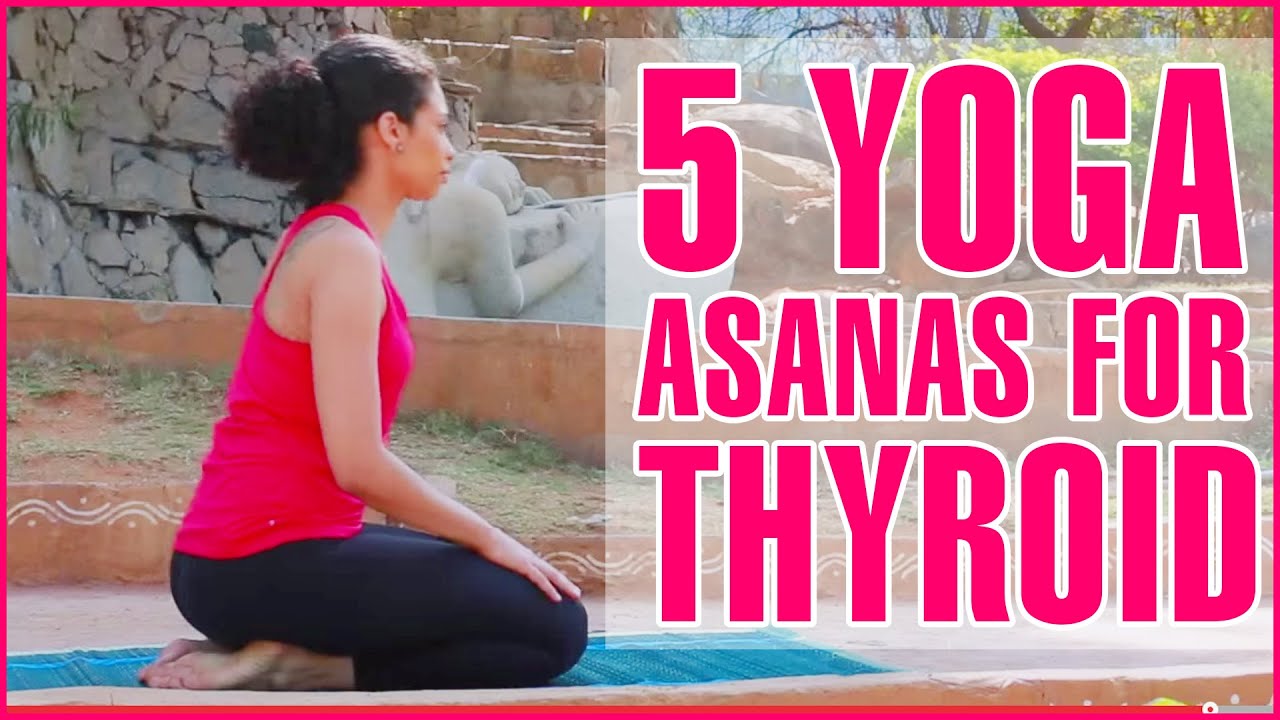
5 Quick Yoga Poses For THYROID Problems & Disorders
- Post author:
- Post published:June 1, 2021
- Post comments:0 Comments
You Might Also Like

Accuracy of Coronary CT Angiogram
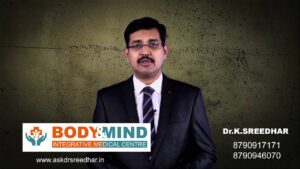
hypotension Treatment by Dr K Sreedhar

In the Car with MPA: T3 / CYTOMEL

Body Exercises for 4-6 months pregnant
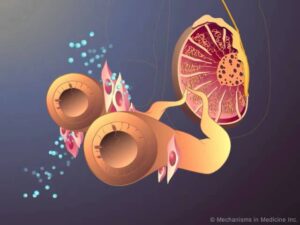
Testosterone Production

How to Lower Your Blood Pressure Naturally | Dr. Josh Axe

Marathon Video – 4

squat-6
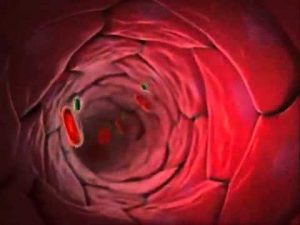
Diabetes Animation YouTube
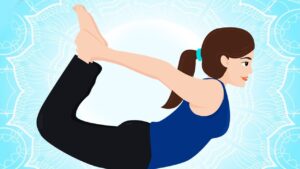
Respiratory System And Asanas Video – 6
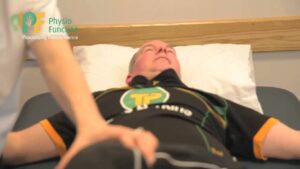
Neurological Physiotherapy Video – 1

Early Warning Signs Of Liver Disease

Stretching Video – 3
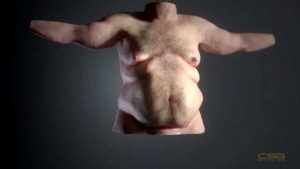
3D fat

Water Polo Video – 2

Exercise vs Diet
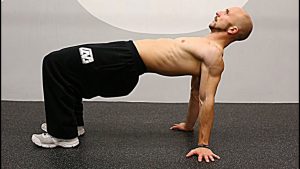
10 Basic Strength Exercises You Should Know

Muscle Building Workout & Squats Video -47

Baby Cries During Breastfeeding – Reasons and Solutions
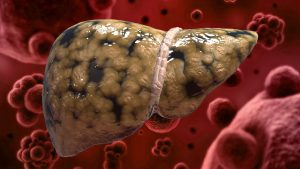
6 Foods That Naturally Cleanse the Liver
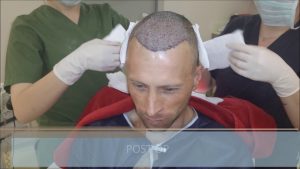
Hair Loss Treatment for Men / Male Pattern Baldness Treatment – FUE Hair Transplant Result
Lateral Raises-16
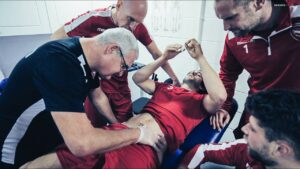
Sports Physiotherapy Video – 14

Yoga Trainer Personality Video – 5

Keto Diet, Keto Foods, Keto Recipes Video – 10
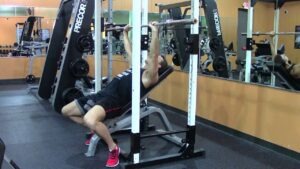
Barbell Incline Bench Press – HASfit Upper Chest Exercise Demonstration – Incline Press – Pectoral

Biological Psychiatry Video – 2

All about Whey Protein | How many scoops a day? How many times a day? Hindi

Reasons for High Blood Pressure

Wall Sit Exercises With The 10 Stunning Health Benefits
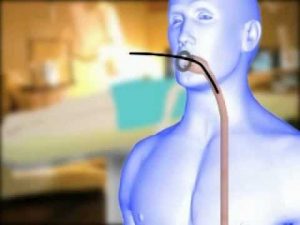
Transesophageal Echocardiogram (TEE)

What is fat
Semen Analysis
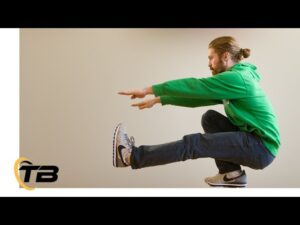
How to Pistol Squat – 4 Beginner Progression Steps – Tapp Brothers

What’s the BEST Body Type for Bodybuilding?

Emergency Psychiatry Video – 1

How to Do:FLUTTER KICK SQUATS
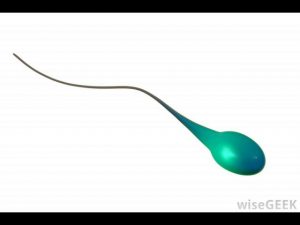
What Is Semen

What Is Ejection Fraction And Its Link To Heart Failure?
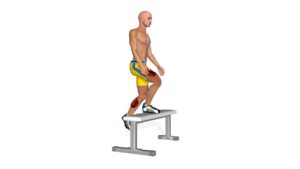
Best Butt Exercises: Step Ups

Side Effects of Omega 3 Supplements | BestFishOill.com
